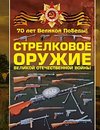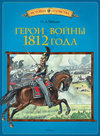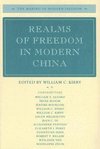
1368
Source: Wikipedia. Pages: 55. Chapters: 1368 births, 1368 deaths, 1368 disestablishments, 1368 establishments, 1368 in law, Conflicts in 1368, Charles VI of France, Sigismund, Holy Roman Emperor, Pope Martin V, Mongol Empire, Yuan Dynasty, Bolko II the Small,... Viac o knihe
Produkt je dočasne nedostupný
17.42 €
bežná cena: 19.80 €
O knihe
Source: Wikipedia. Pages: 55. Chapters: 1368 births, 1368 deaths, 1368 disestablishments, 1368 establishments, 1368 in law, Conflicts in 1368, Charles VI of France, Sigismund, Holy Roman Emperor, Pope Martin V, Mongol Empire, Yuan Dynasty, Bolko II the Small, Thadominbya, Thomas Hoccleve, Emperor Go-Murakami, Lionel of Antwerp, 1st Duke of Clarence, Braccio da Montone, Anna of Kashin, Ida Cockayne, Guy de Chauliac, Mary de Bohun, Albertirsa, Kingdom of Albania, Louis VII, Duke of Bavaria, Eric II, Duke of Saxe-Lauenburg, List of state leaders in 1368, Castilian Civil War, Agnes Mortimer, Countess of Pembroke, Maurice de Berkeley, 4th Baron Berkeley, Carlo I Malatesta, Paul of Venice, Marco Cornaro, Amir Sultan, Engelbert III of the Marck, Archbishop of Cologne, Nen-ryu, Albert II, Duke of Bavaria, Waldemar I, Prince of Anhalt-Zerbst, Orcagna, Nicola Capocci, Johann, Count of Cleves, Averardo de' Medici, Ilyas Khoja, John de Mowbray, 4th Baron Mowbray, Philipp I, Count of Nassau-Weilburg, Certosa di San Martino, Barnim III, Duke of Pomerania, Antoniotto di Montaldo, The Prior's Case, Nitta Yoshimune, Margaret of Brabant, Countess of Flanders, Zhang Zhu, Philip II of Piedmont, Iain Fraoch MacDonald. Excerpt: The Mongol Empire (Mongolian: ·), Mongolyn Ezent Güren or , Ikh Mongol Uls) was a huge empire during the 13th and 14th centuries. Beginning in the Central Asian steppes, it eventually stretched from Eastern Europe to the Sea of Japan, covered Siberia in the north and extended southward into Southeast Asia, the Indian subcontinent, and the Middle East. It is commonly referred to as the largest contiguous empire in the history of the world. At its greatest extent it spanned 6,000 mi (9,700 km), covered an area of 33,000,000 km (12,741,000 sq mi), 22% of the Earth's total land area, and held sway over a population of 100 million. The Mongol Empire emerged from the unification of Mongol and Turkic tribes in the region of modern-day Mongolia under the leadership of Genghis Khan, who was proclaimed ruler of all Mongols in 1206. The Empire grew rapidly under his leadership and then that of his descendants, who sent invasions in every direction. The vast transcontinental empire which connected the east with the west would eventually function as a cultural "clearing house" for the Old World. Under the Mongols, new technologies, various commodities and ideologies were disseminated and exchanged across Eurasia; the exchanges ranged from cartography to printing, from agriculture to astronomy. The Empire began to split as a result of wars over succession, as the grandchildren of Genghis Khan disputed whether the royal line should follow from Genghis's son and initial heir Ogedei, or one of his other sons such as Tolui, Chagatai, or Jochi. The Toluids prevailed after a bloody purge of Ogedeid and Chagataid factions, but disputes continued even among the descendants of Tolui. Rival councils would simultaneously elect different Great Khans, such as when brothers Ariqboke and Kublai were both elected and then not only had to defy each other, but also deal with challenges from descendants of other of Genghis's sons. Genghis's descendants would either challenge the decision of Great K
- Vydavateľstvo: Books LLC, Reference Series
- Formát: Paperback
- Jazyk:
- ISBN: 9781157578338

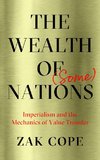
 Anglický jazyk
Anglický jazyk 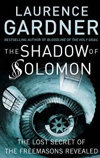


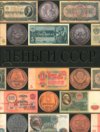
 Ruský jazyk
Ruský jazyk 
